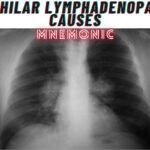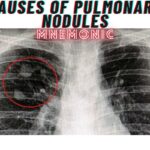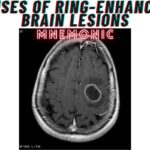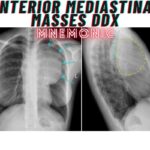Pulseless Electrical Activity (PEA) is a dangerous and life-threatening cardiac arrest situation characterized by unresponsiveness and undetectable pulse in the presence of sufficient electrical activity of the heart. It indicates a severe impairment in the heart’s ability to meet the adequate blood flow demands of the body despite the presence of electrical activity, requiring immediate medical intervention to address the underlying pathology and restore normal circulation.
The medical mnemonic “PATCH MED” concisely encompasses a range of potential underlying causes of pulseless electrical activity (PEA). Each letter signifies a distinct factor—Pulmonary embolism, Acidosis, Tension pneumothorax, Cardiac tamponade, Hypovolemia, Medications, Electrolyte disturbances, and Drug overdose—that highlights the multifaceted pathologies and risk factors contributing to this life-threatening condition. By employing this mnemonic, medical professionals can efficiently recall and address the diverse underlying causes of PEA, guiding urgent interventions and resuscitative efforts made by the medical staff to improve patient outcomes.
Pulseless Electrical Activity Causes Mnemonic
| Letter | Cause | Pathophysiology |
|---|---|---|
| P | Pulmonary embolus | Massive clot obstructs pulmonary circulation, leading to acute right heart failure. |
| A | Acidosis | Severe metabolic acidosis can depress cardiac contractility and disrupt conduction. |
| T | Tension pneumothorax | Accumulating air in the pleural space compresses the heart and decreases venous return. |
| C | Cardiac tamponade | Accumulated fluid in the pericardium compresses the heart, impairing its pumping. |
| H | Hypokalemia/ Hyperkalemia/ Hypoxia/ Hypothermia/ Hypovolemia | Various metabolic imbalances compromise cardiac function. |
| M | Myocardial infarction | Infarcted heart muscle leads to pump failure and arrhythmias, causing PEA. |
| E | Electrolyte derangements | Disturbed electrolyte levels can disrupt normal cardiac conduction and function. |
| D | Drugs | Certain medications or toxins can depress cardiac activity or induce arrhythmias. |
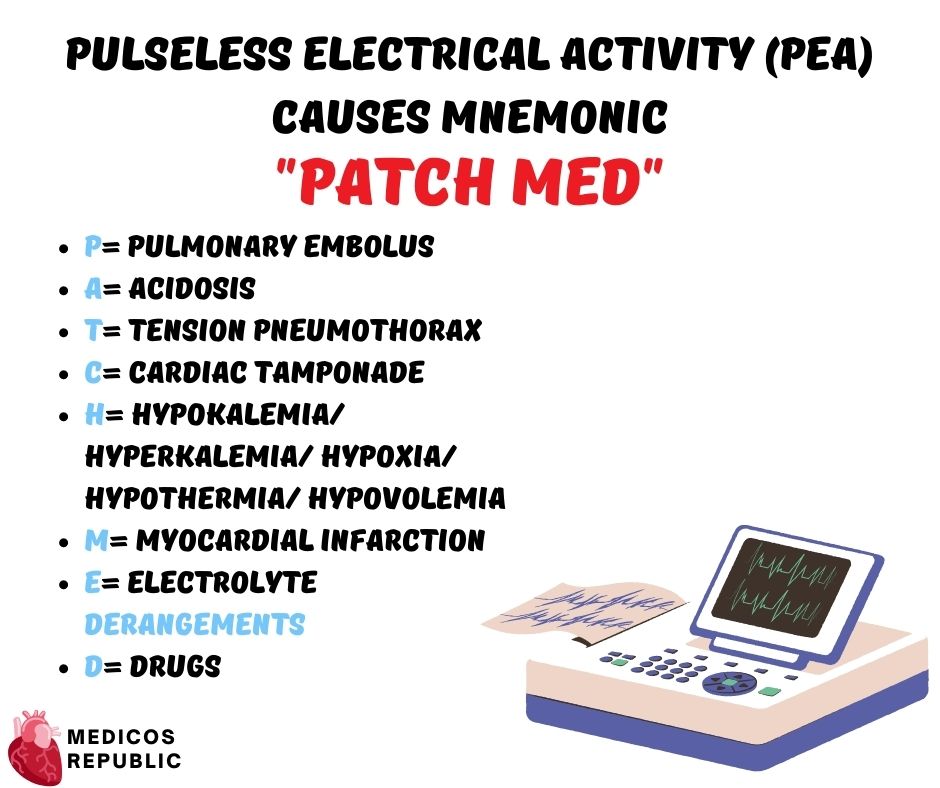
Happy learning, folks! 🙂

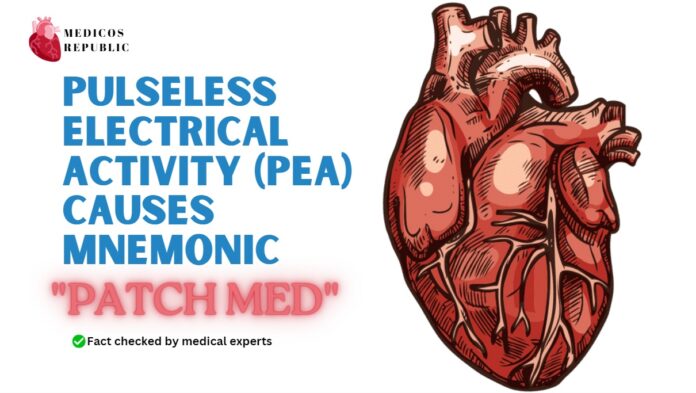
![How to Remember Southern, Northern, and Western Blot Tests [Mnemonic] How to Remember Southern, Northern, and Western Blot Tests](https://www.medicosrepublic.com/wp-content/uploads/2025/06/How-to-Remember-Southern-Northern-and-Western-Blot-Tests-218x150.jpg)
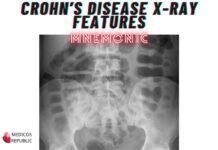
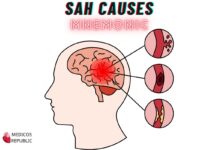
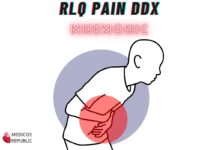
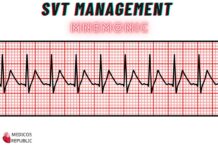
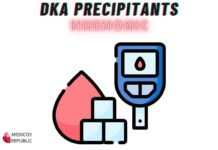

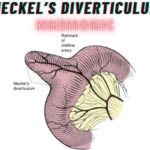
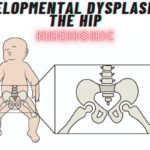
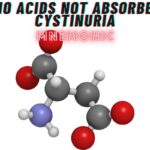
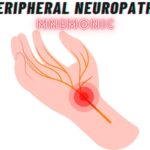
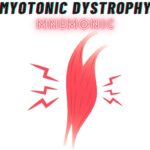
![Gerstmann Syndrome Features Mnemonic [Easy-to-remember] Gerstmann Syndrome Features Mnemonic](https://www.medicosrepublic.com/wp-content/uploads/2025/06/Gerstmann-Syndrome-Features-Mnemonic-150x150.jpg)
![Cerebellar Signs Mnemonic [Easy to remember] Cerebellar Signs Mnemonic](https://www.medicosrepublic.com/wp-content/uploads/2025/06/Cerebellar-Signs-Mnemonic-150x150.jpg)
![Seizure Features Mnemonic [Easy-to-remember] Seizure Features Mnemonic](https://www.medicosrepublic.com/wp-content/uploads/2025/06/Seizure-Features-Mnemonic-1-150x150.jpg)

![Recognizing end-of-life Mnemonic [Easy to remember]](https://www.medicosrepublic.com/wp-content/uploads/2025/06/Recognizing-end-of-life-Mnemonic-150x150.jpg)

![Multi-System Atrophy Mnemonic [Easy-to-remember] Multi-System Atrophy Mnemonic](https://www.medicosrepublic.com/wp-content/uploads/2025/06/Multi-System-Atrophy-Mnemonic-150x150.jpg)
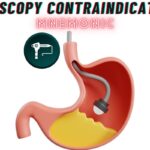
![How to Remember Southern, Northern, and Western Blot Tests [Mnemonic] How to Remember Southern, Northern, and Western Blot Tests](https://www.medicosrepublic.com/wp-content/uploads/2025/06/How-to-Remember-Southern-Northern-and-Western-Blot-Tests-150x150.jpg)

